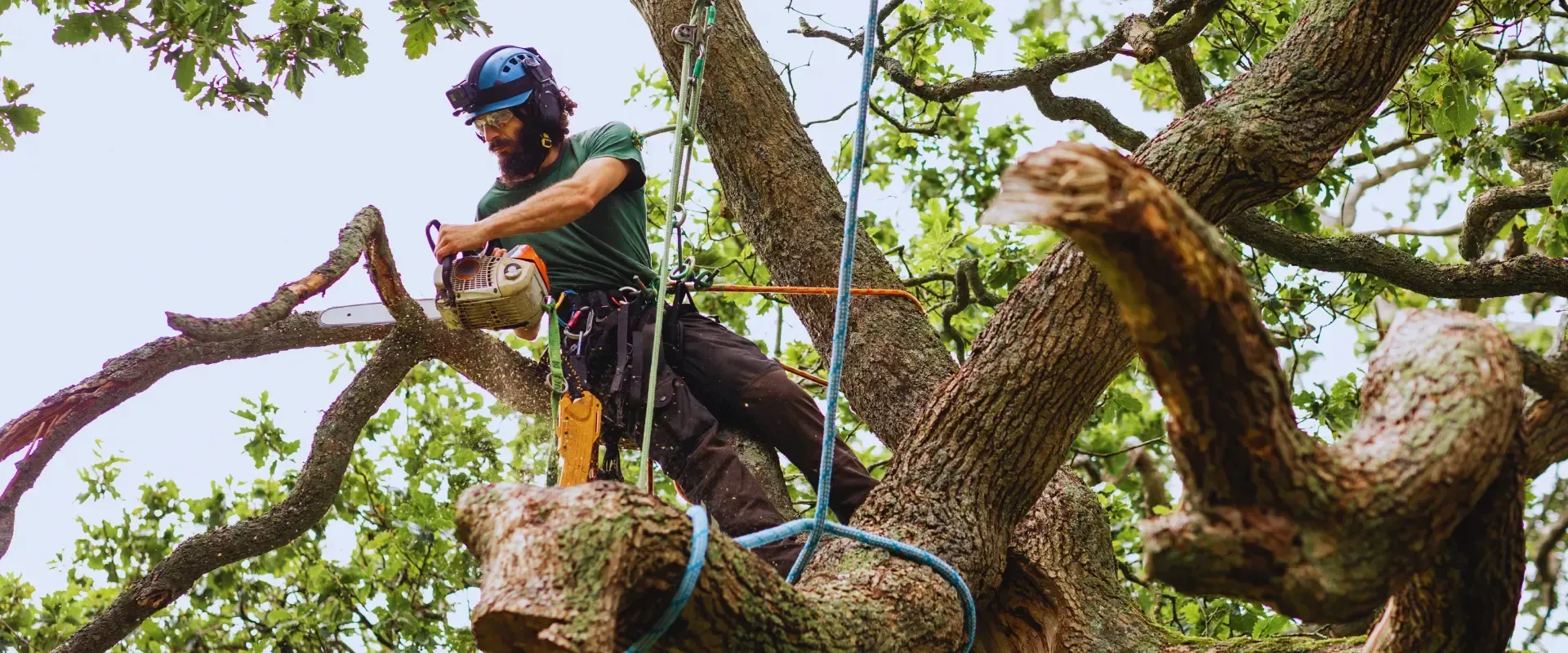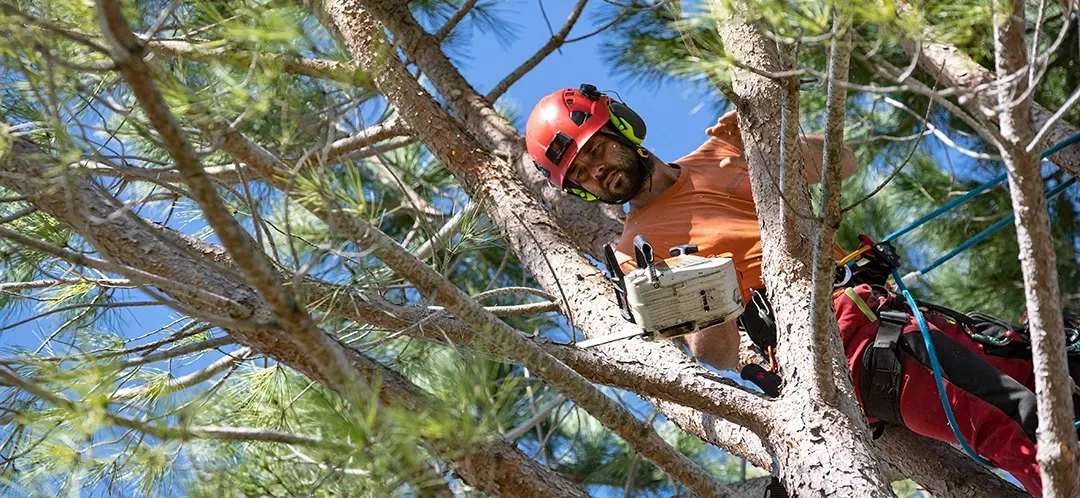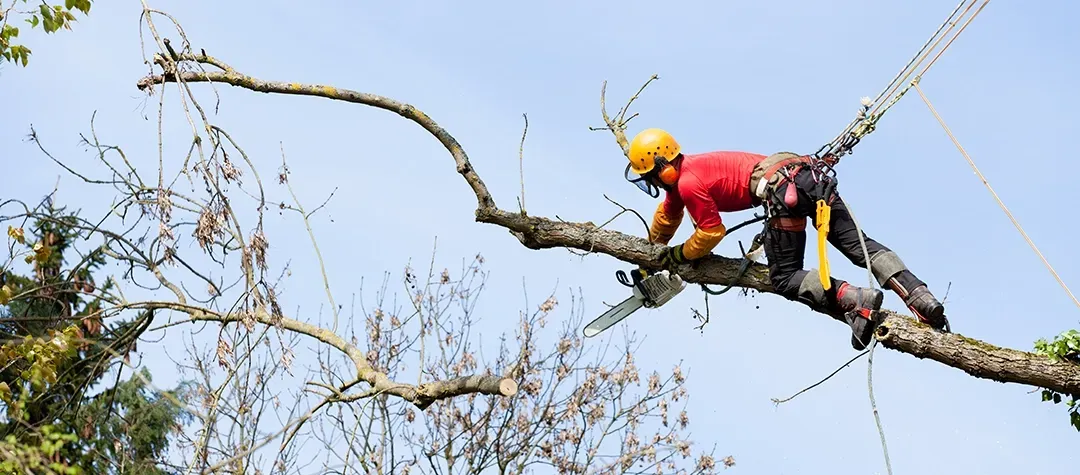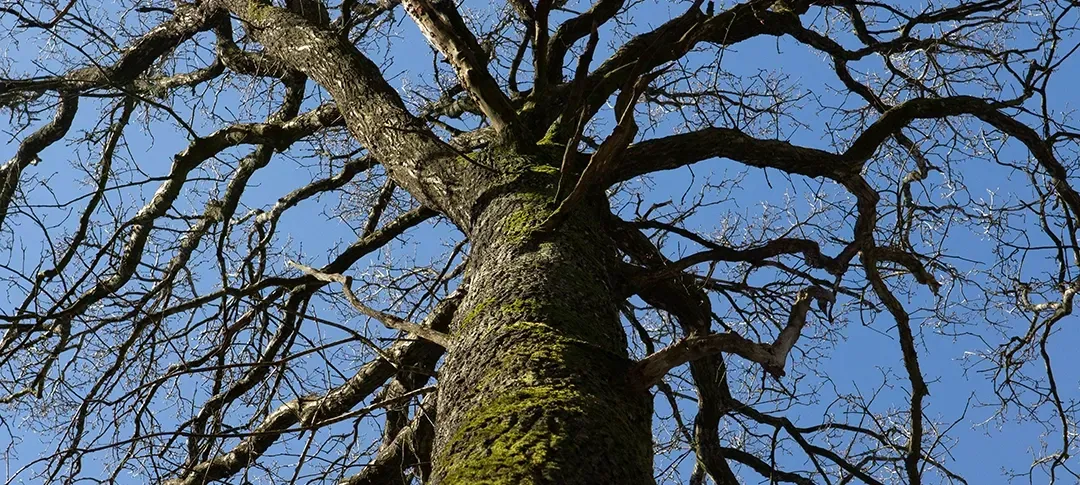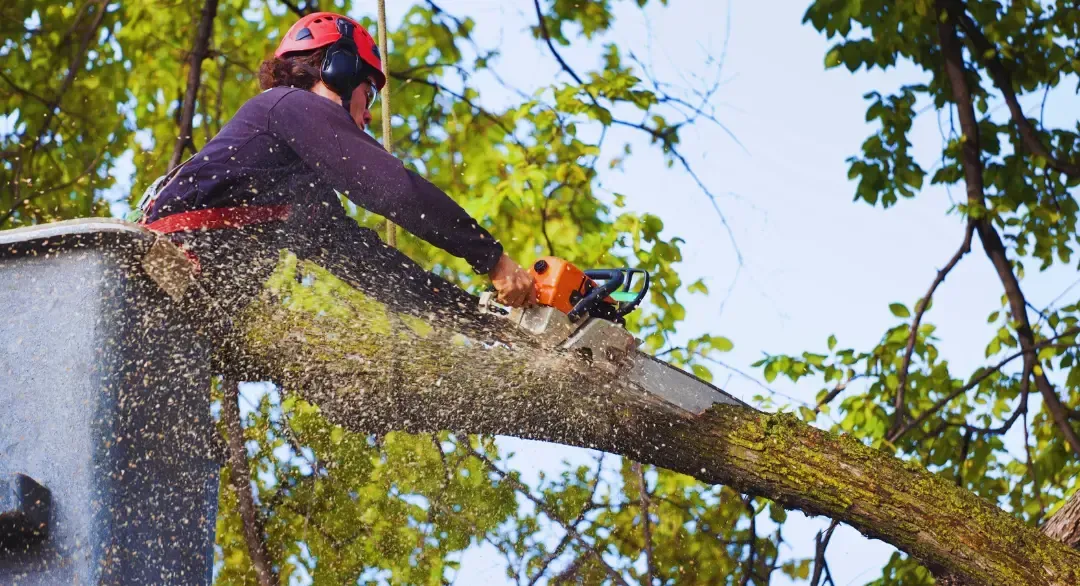Understanding Tree Dormancy: A Comprehensive Guide
Dormant Trees
Tree dormancy is a natural process that occurs in response to environmental cues, particularly changes in temperature and daylight hours. During dormancy, trees enter a period of slowed metabolic activity, conserving energy and resources to survive harsh conditions. Understanding when trees go dormant is essential for proper tree care and management.

Factors Influencing Tree Dormancy
Temperature
Temperature plays a significant role in triggering tree dormancy. As temperatures decrease in the fall, trees sense these changes and begin preparing for dormancy. Different tree species have varying temperature thresholds for dormancy initiation, with some requiring consistently low temperatures to enter dormancy.
Daylight Hours
Day length, or photoperiod, is another crucial factor influencing tree dormancy. As daylight hours shorten in the fall and winter months, trees receive signals to enter dormancy. This photoperiodic response is vital for synchronizing dormancy across different species and regions.
Water Availability
Water availability also impacts tree dormancy. Trees in regions with limited water availability may enter dormancy earlier to conserve moisture and survive drought conditions. Conversely, trees in well-watered environments may delay dormancy until later in the season.
Genetics
Genetic factors play a role in determining when trees go dormant. Different tree species and even individual trees within the same species may have genetic variations that influence dormancy patterns. Understanding the genetic characteristics of specific tree species is essential for predicting dormancy behavior.
Signs of Tree Dormancy
Leaf Color Change
One of the most visible signs of tree dormancy is the change in leaf color. As trees prepare for dormancy, chlorophyll production decreases, causing leaves to transition from green to shades of yellow, orange, and red. This process, known as senescence, marks the beginning of dormancy.
Leaf Drop
As dormancy progresses, trees shed their leaves in a process called abscission. Abscission allows trees to conserve energy by reducing water loss and nutrient expenditure. The timing of leaf drop varies depending on species and environmental conditions but generally occurs in late fall or early winter.
Reduced Growth
During dormancy, trees exhibit significantly reduced growth compared to the active growing season. Metabolic processes slow down, and cellular activity decreases to conserve energy. This period of dormancy allows trees to allocate resources more efficiently and withstand harsh winter conditions.
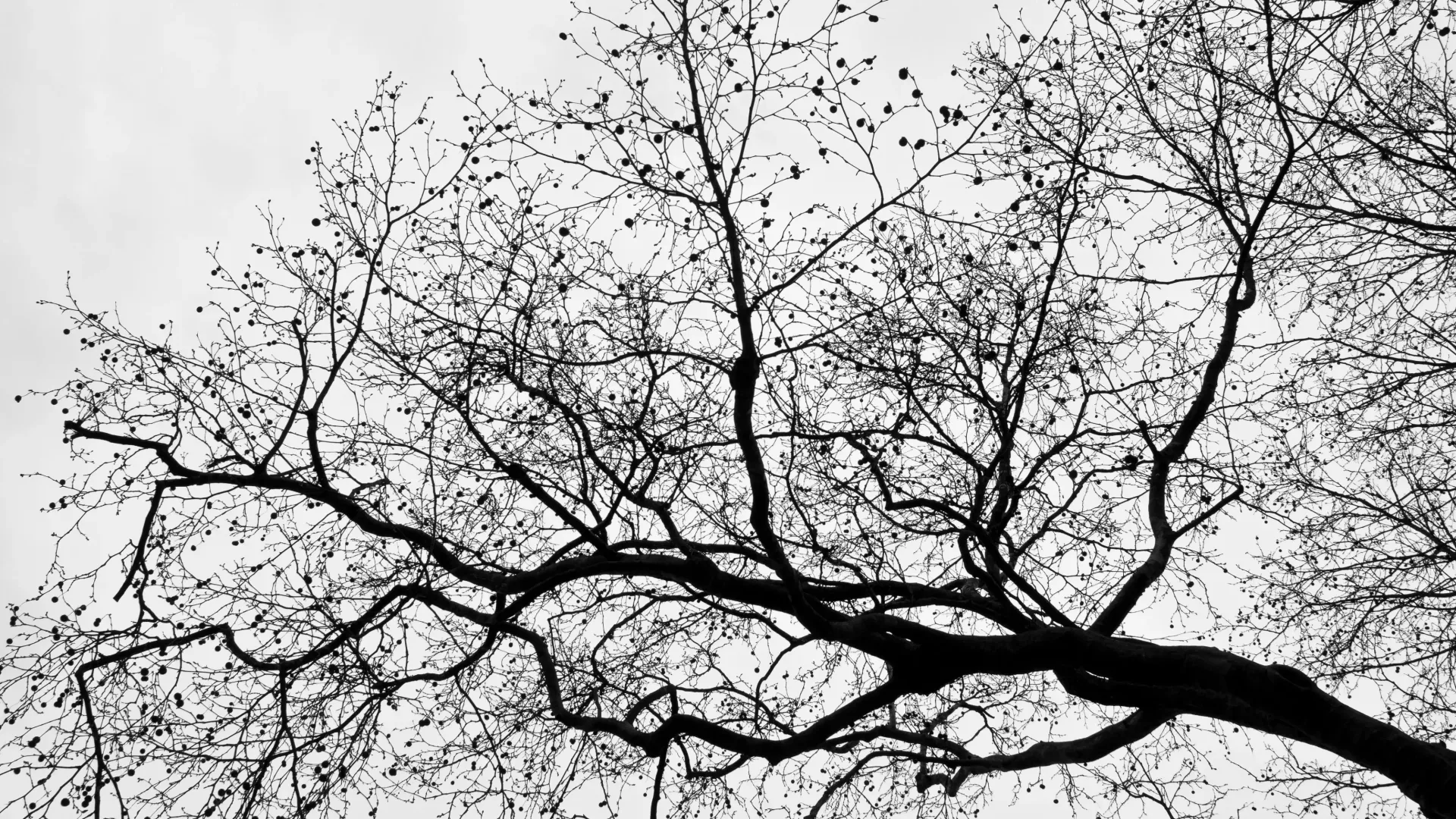
Importance of Tree Dormancy
Cold Hardiness
Dormancy enhances a tree's cold hardiness, allowing it to withstand freezing temperatures and harsh winter conditions. By entering dormancy, trees can minimize cellular damage caused by freezing temperatures and prevent frost-induced injuries.
Resource Conservation
Dormancy helps trees conserve vital resources such as water and nutrients during periods of limited availability. By reducing metabolic activity, trees can allocate resources more efficiently, ensuring their survival until favorable growing conditions return.
Synchronization with Seasonal Cycles
Tree dormancy is synchronized with seasonal cycles, ensuring that trees enter dormancy at the most advantageous time. This synchronization allows trees to align their growth and development with environmental conditions, maximizing their chances of survival and reproductive success.
Conclusion
In conclusion, understanding when trees go dormant is crucial for effective tree management and care. By considering factors such as temperature, daylight hours, water availability, and genetics, arborists and tree enthusiasts can anticipate dormancy patterns and implement appropriate strategies to support tree health and resilience. By recognizing the signs of dormancy and understanding its importance, we can ensure the long-term vitality of our urban and natural forests.
